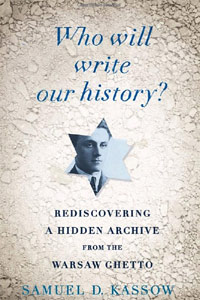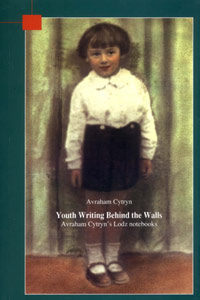Welcome to the 27th issue of Teaching the Legacy. This edition is part of a newsletter series that focuses on the subject of Commemoration and Art. This e-newsletter will focus on Poetry and Commemoration.
When dealing with such a complex and painful topic as the Holocaust, it is important to include as many tools as possible and to combine different approaches to enable a better understanding and knowledge of the Holocaust as a human story. Poetry, as one of these tools, belongs to a special category of expression that provides the reader with an understanding of a personal experience of the poet and of human behavior and social issues related to an historical event. It enables us to come closer to these events because we are dealing with the feelings of individuals who experienced them.
The poet’s own personal experience provides an important access route into the Holocaust. As such, poems are unarguably part and parcel of the commemoration of the period. Unlike historical writing or even memoirs, the beauty and sadness that the poet can harness makes poetry a form of emotional expression, and as such, makes poetry, like art, an excellent medium for describing the horrors of the Holocaust.
Poetry can therefore be an excellent educational resource, which can translate the Holocaust from a massive historical process into a series of events, which directly affected the life of the individual.
Holocaust poetry provides a variety of perspectives and themes from and about every facet of the event, including the perspective of victims, oppressors, bystanders, and rescuers. The main article discusses a number of poems by renowned poets and writers that point up the emotional expression poetry accomplishes so well. It is accompanied by a teacher’s guide which decribes the use of poetry and its value in the classroom. A second article discusses Friedl Dicker Brandeis. We have also included an interview with the Holocaust survivor Ester Golan, whose poetry acts like testimony about her Holocaust experiences, and the poet Dr. Simon Lichman.
The theme “The Individual and the Community – My Brother’s Keeper” is Yad Vashem’s theme for this year’s Holocaust and Heroism Remembrance Day (also known as Yom HaShoah), which falls out on April 19, 2012 (the anniversary of the start of the Warsaw Ghetto Uprising). The article about Ester Golan and her experiences in the Kindertransport, the article about Friedl Dicker Brandeis, as well as the book reviews found in this edition of the newsletter, provide materials that can be used to teach about this theme.
As always, the newsletter features new publications and updates on recent and upcoming activities at the International School for Holocaust Studies and across Yad Vashem. We hope you find this issue interesting and resourceful and we look forward to your feedback.
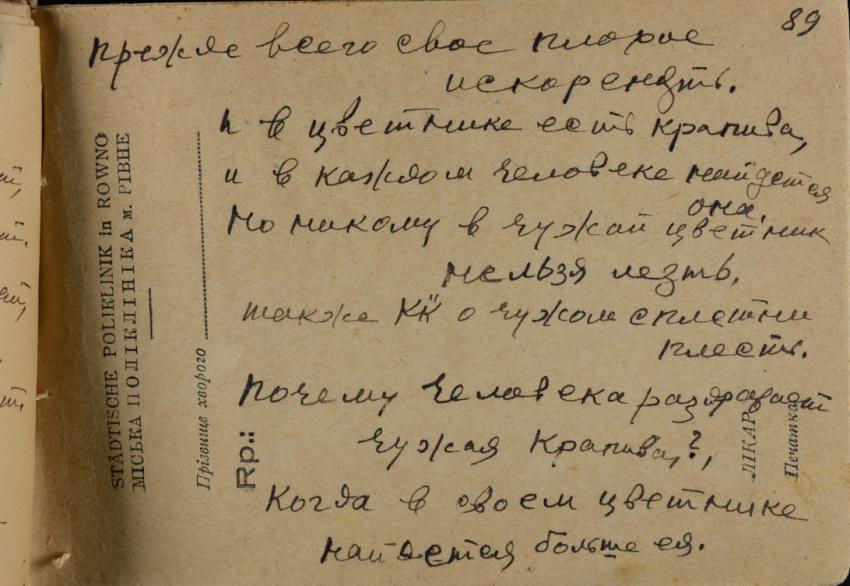
Commemoration and Poetry
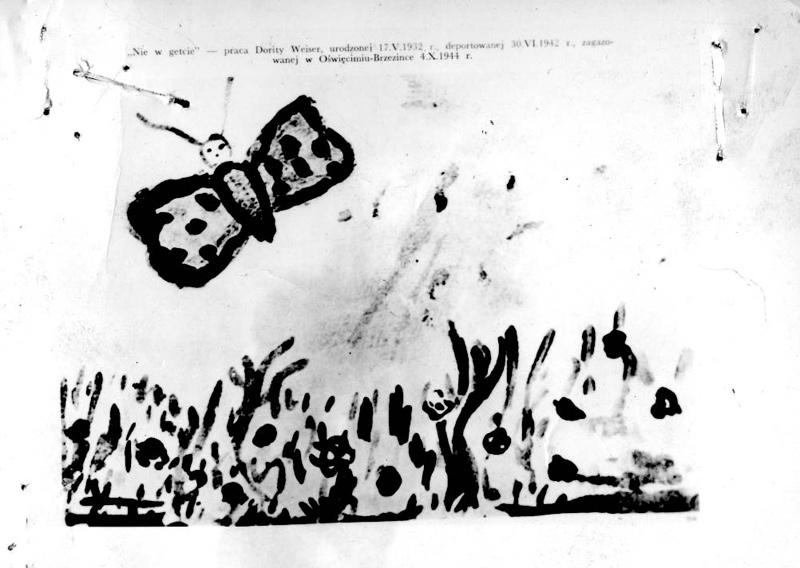
“Coping through Art - Friedl Dicker-Brandeis and the children of Theresienstadt”
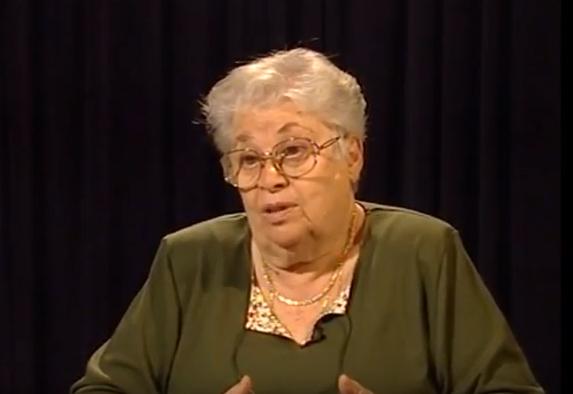
Interview with Holocaust Survivor Ester Golan, Survivor and Kindertransport Child
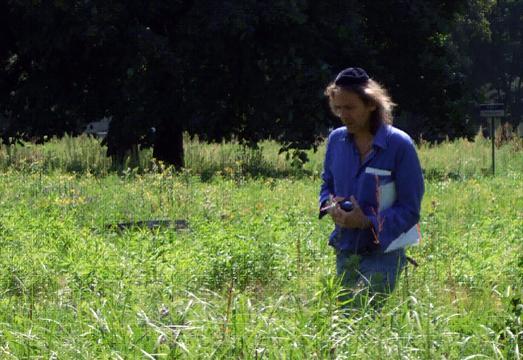
Interview with Dr. Simon Lichman, Poet
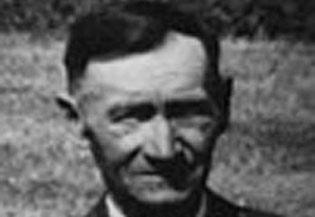
Stanislaw Grocholski is Recognized as Righteous Among the Nations
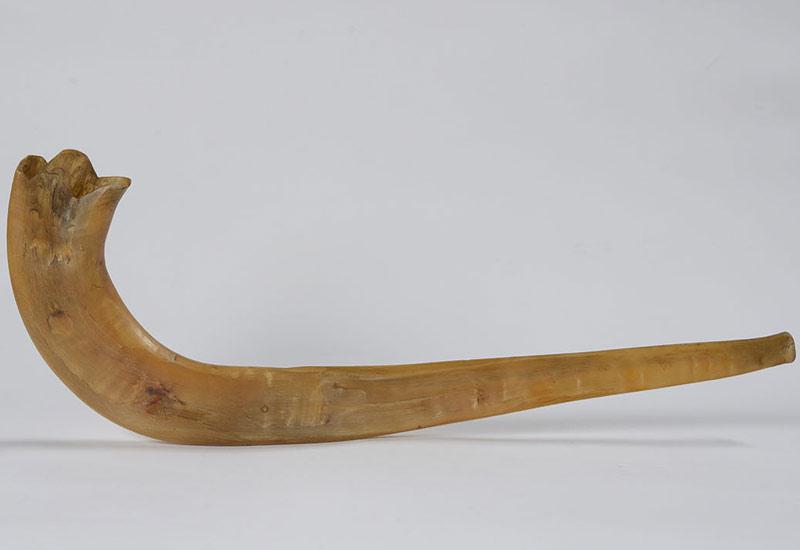
Shofar (Ram’s Horn) made under perilous conditions in the forced labor camp Skarżysko-Kamienna in Poland in 1943
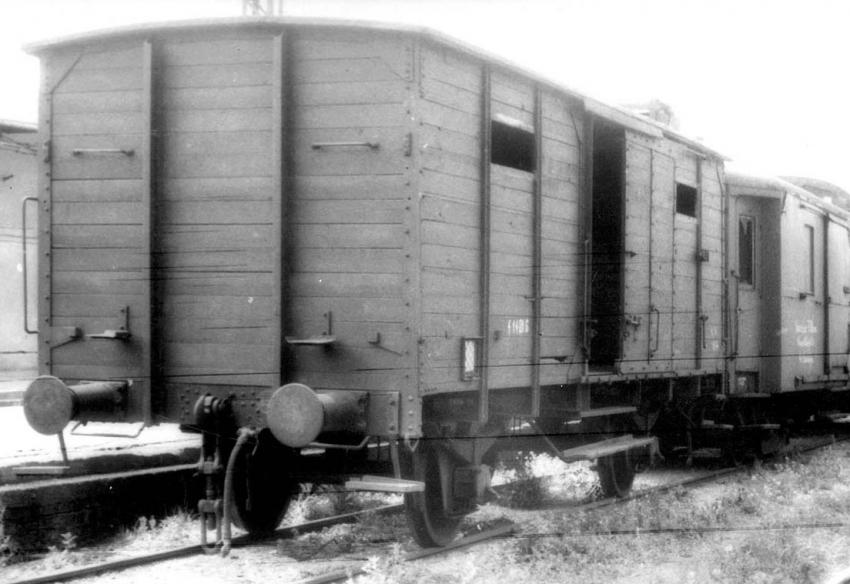
Written in Pencil in the Sealed Freightcar – A Poem by Dan Pagis (1930-1986)
Duration: Varies; about 20 minutes to discuss a single theme
This Teacher’s Guide opens up new avenues of approaching one of Pagis’s most well known poems. The themes suggested in the accompanying slideshow presentation (PDF) are based on an intimate linking of the four verses in Genesis that deal with Cain and Abel, and the poem itself. The teacher can choose to deal with as many or as few themes as suit the pupils and the teacher’s own objectives.




